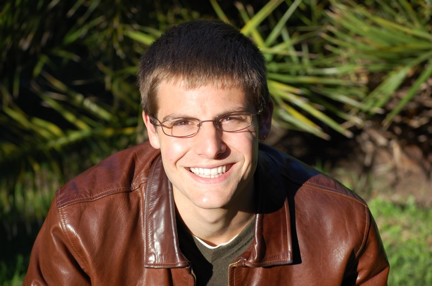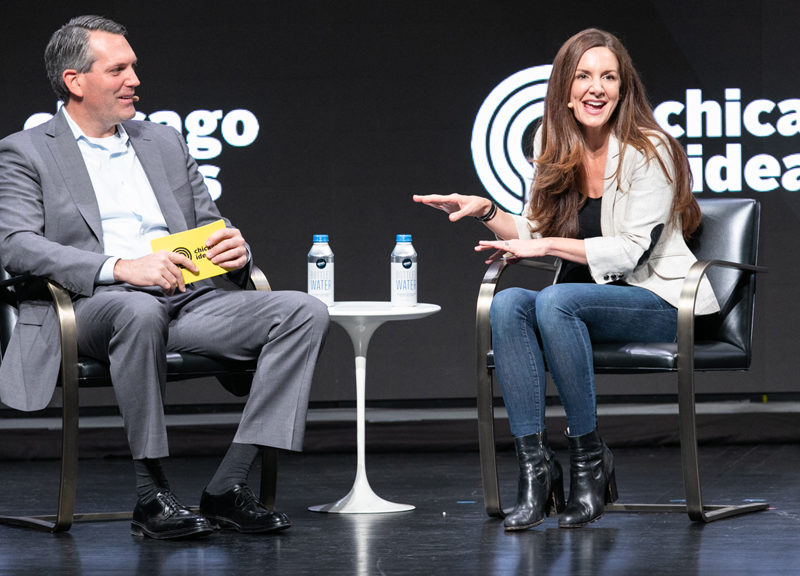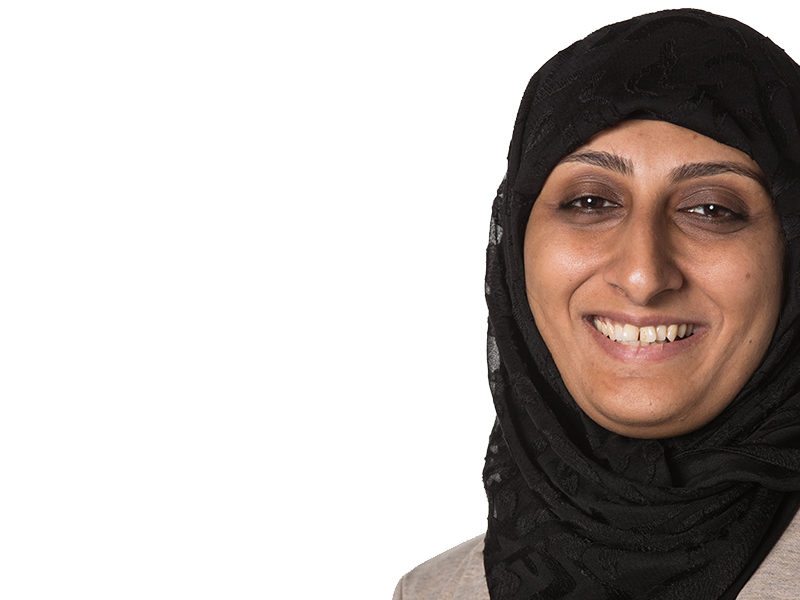
Introducing the 2014 BHSI Fellows: Vera Solutions’ Zak Kaufman
2014 BHSI Fellow Zak Kaufman is co-founder and CEO of Vera Solutions, a nonprofit that helps other nonprofits—95 other nonprofits across 40 countries so far, to be exact. Kaufman and his team use cloud and mobile technology to build data systems and analytics for nonprofit organizations of all sizes, enabling these nonprofits to analyze, monitor and adapt their programming based on an ongoing analysis of their impact and effectiveness. We talked to Kaufman about how he went from running charity soccer tournaments to spearheading a multinational data analytics nonprofit.
The roots for Vera Solutions lie in an internship you held with an HIV prevention organization while you were still a student at Dartmouth. What types of initiatives did you help spearhead in that role?
Looking around campus, I saw [that] a lot of students that were really interested in supporting this organization didn’t really have a mechanism for doing that. I had the idea to run a big barefoot, 3V3 soccer tournament in the middle of campus called “Lose the Shoes” to raise money and awareness for the organization. We did that, and it was a big success.
It really seemed to be an effective approach and got interest from a lot of folks. Little by little, other schools started saying…we’d love to be a part of this. My job evolved to coaching other schools to run these soccer tournaments.
In Vera Solutions today, you use a data system and analytic tool, Salesforce, to build data systems that allow organizations to analyze the impact their organization has. How did you transition into that kind of data work from your original work running “Lose the Shoes”?
We managed all of the data for that campaign on Salesforce. I got exposed to it and got my hands very dirty with it and started to get some skills on it. [I] also just saw this is a really powerful tool.
[I worked with another organization], and we built a system. It was really successful. We were able to track individual beneficiaries…in our program. Then, organizations started coming to us.
So, we started consulting for these organizations and helping them build systems, and that’s how Vera was born. Essentially every project we did lead to three more projects. Four years later, we’ve worked with 99 organizations around the world in 40-plus countries…. It’s a remarkable opportunity to help game-changing organizations more powerfully achieve their own mission.
In the data projects you complete with organizations, do you work to empower the organizations to take control of the data themselves, to learn to implement the Salesforce systems you put together?
That’s a big part of the model: We want to build up their skills and capacity and expertise as much as possible over the course of the project. We start training from the middle of the project once we’ve got some of the system built and try to build capacity.
It’s amazing when it works well because you can see the organization take ownership of it. The reality is data systems are living things. They need to evolve as organizations evolve…. We’re able to really through the course of implementation, we can kind of change the DNA of the organization, shift them from paper and excel to mobile phones and cloud database.
How do organizations and individuals in these organizations react to this “DNA shift”? What types of changes are you making that affect them day-to-day?
A big part of the fundamental problem is that with what people are doing—the programs that they’re running need relational databases. They need to be able to track the kids, and what schools they’re connected to, and what sessions they’ve attended, and what teachers they’re working with. What most organizations currently have is an excel sheet of kids and an excel sheet of teachers and so forth. Excel isn’t good at use for relational databases; it isn’t a very powerful tool.
When you really spend the time to work with an organization to design what does this look like as a relational database…there’s always this aha moment—just at this stage, which is pretty early in the project. You can see the switch go on…the sky is the limit for what this can do for us.
Once we build in the analytics, it’s another eye opener.
You work with a wide spectrum of organizations—the U.S. Soccer Foundation, Oxfam, Shining Hope for Communities, just to name a few. Can you speak to some of those experiences?
The spectrum really runs from very small community organizations to really big organizations in Geneva, like the Global Fund to Fight AIDS, Tuberculosis and Malaria. On the other side of the spectrum, you can get to an organization working in Zimbabwe to track the work the are doing with disabled youth.
What do you hope to gain from your experience as a BHSI Fellow?
The network and relationships and advice would be the key things…. We’re really seeking some advice in terms of growing operationally and strengthening [our own organization].
I see the Fellowship as an opportunity to create some reflection space and get some great advice.
I see the Fellowship as an opportunity to create some reflection space and get some great advice.
Q&As are edited for clarity and length.





